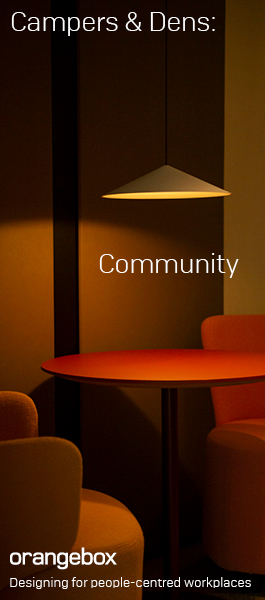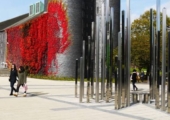September 15, 2014
Key to successful BIM implementation is collaboration, says RICS
 The need for collaboration between all the professions working within the built environment was the overriding theme of a free seminar on BIM, hosted by RICS last week, reports RICS’ Schemes and Accreditation Manager Jon Klahn. The event featured speakers from quantity surveying, engineering and architecture, and was designed to help delegates learn more about BIM and RICS’ role in establishing BIM industry standards. Addressing the 80 plus attendees, Dr Anne Kemp FRICS, Director of BIM Strategy and Development at Atkins and Chair of ICE’s BIM Action Group said the various professions can no longer be driven by self-interest. BIM in itself is not the solution. But the change required to make BIM successful will ultimately allow for better construction, better buildings and a better environment. Successful BIM implementation requires a partnership of people, process and technology and for project teams to understand and appreciate each other’s roles as professionals. (more…)
The need for collaboration between all the professions working within the built environment was the overriding theme of a free seminar on BIM, hosted by RICS last week, reports RICS’ Schemes and Accreditation Manager Jon Klahn. The event featured speakers from quantity surveying, engineering and architecture, and was designed to help delegates learn more about BIM and RICS’ role in establishing BIM industry standards. Addressing the 80 plus attendees, Dr Anne Kemp FRICS, Director of BIM Strategy and Development at Atkins and Chair of ICE’s BIM Action Group said the various professions can no longer be driven by self-interest. BIM in itself is not the solution. But the change required to make BIM successful will ultimately allow for better construction, better buildings and a better environment. Successful BIM implementation requires a partnership of people, process and technology and for project teams to understand and appreciate each other’s roles as professionals. (more…)























September 16, 2014
Indoor air quality and the quest for a breath of fresh air in the workplace
by Justin Miller • Comment, Facilities management, Knowledge, Legal news, Workplace design
Edward Hopper, Office in a Small City, Metropolitan Museum of Art, NY
The modern workplace has to work harder than ever before. It must reflect corporate values, express something of the organisation’s brand, allow people to work to the best of their ability as well as look after their wellbeing, keep touch with the pace of changing technology and meet the demands of an ever changing legislative environment and keep costs down. All of these issues conflate around the challenge of providing a sustainable, comfortable and productive working environment in buildings that are filled with an increasing number of people and computers. It is estimated by the Building Research Establishment that even in a typical office each person and their technology will generate some 1500 W of energy per hour, the equivalent of the sort of fan heater that the EU is now keen to ban outright.
(more…)